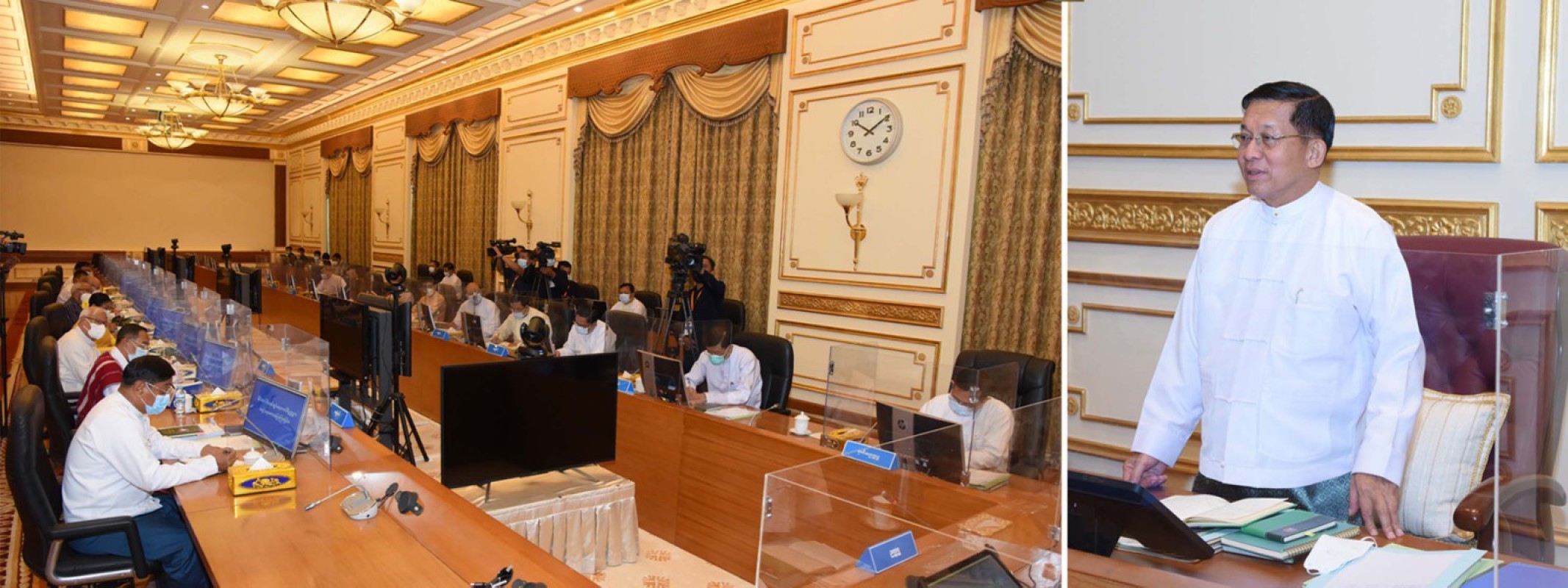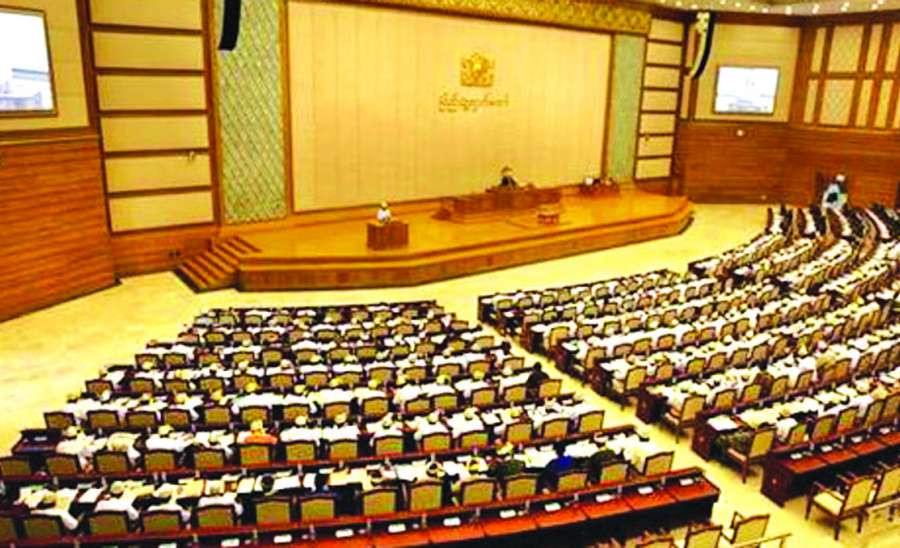CNI News
18 November 2025
Military and political analysts suggest that the upcoming election in Myanmar should be one that can resolve the country's political problems.
In Myanmar, Phase 1 of the election will take place on December 28, 2025, in 102 townships, and Phase 2 will take place on January 11, 2026, in 100 townships.
U Ko Ko Gyi, Chairman of the People's Party (PP), told CNI News Agency that he wants the election in Myanmar to be directed towards how to collectively solve the current political problems.
He said: "I want this election to proceed with the objective of how to work together to resolve the current political problems, rather than just a competition like elections held under normal circumstances. I see the situation of internally displaced persons (IDPs) and war refugees as an issue that must be prioritized and tackled. Another thing is the need to invite investments that can create job opportunities in peaceful areas. So, the priority programs have already been released in the election manifesto. What is certain is that after the election, a Parliament will emerge, and those who can legally exercise power will be elected representatives. When there is no Parliament, the executive and legislative powers are combined. Therefore, I believe we will be able to review, amend, and enact laws, as well as scrutinize and check for legal compliance. So, in the current situation, I believe we should only aim to resolve this major conflict through collaboration and negotiation."

The government led by Senior General Min Aung Hlaing seen
Chairman of the State Security and Peace Commission, Senior General Min Aung Hlaing, has stated that he will transfer state power to the political party that wins the election.
Political observers point out that the new government formed after the election will likely be led by the Tatmadaw (military) and the USDP (Union Solidarity and Development Party), but including representatives from other ethnic political parties in the cabinet will help to overcome the current political crisis.
U Htet Aung Kyaw, a political analyst, told CNI News Agency that there may be hope if a new government emerges with a mix of old and new faces, but if it is formed only with old faces, the political landscape may not show any significant change from the current situation.

Hluttaw in session.
He commented: "As stipulated in the Constitution, Parliaments (Hluttaws) will emerge with the elected representatives and 25 percent of Tatmadaw personnel. The Parliament will then elect three presidents. The new government must form teams to resolve issues based on the will and preference of the President. So, we have to wait and see the election results. We also have to see how many people will actually cast their votes. Only when all those are fulfilled can we predict the exact shape. If a government consists only of people everyone already knows, we won't see much significant or positive change. If a young, capable person becomes a Minister or Deputy Minister, and the government emerges with a mix of old and new faces, it would be a government that we can have more hope in. If it's all the same people, we might not see a landscape that improves on the current situation."
As the election is scheduled for the end of this year, everyone is watching with keen interest to see what kind of government will take power in Myanmar.
Domestic and foreign diplomats, however, suggest that the planned election in Myanmar is merely a formality, and whatever the result, a military-led government structure will emerge.
Meanwhile, local political parties and observers point out that if the post-election government adopts a form similar to a government based on national unity, it could resolve the political and military crises.




